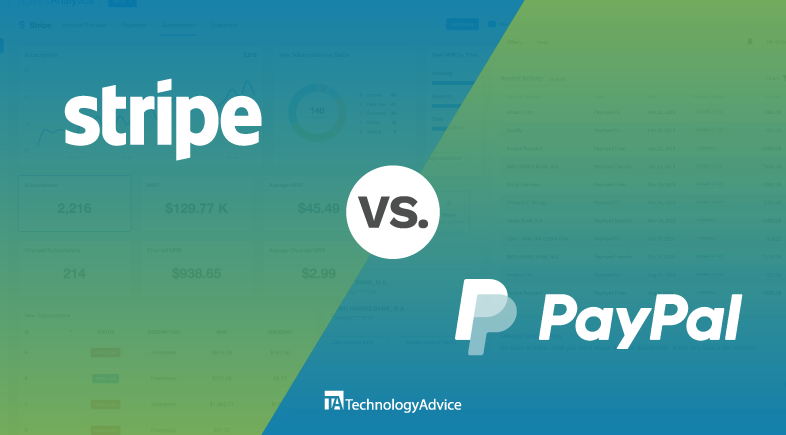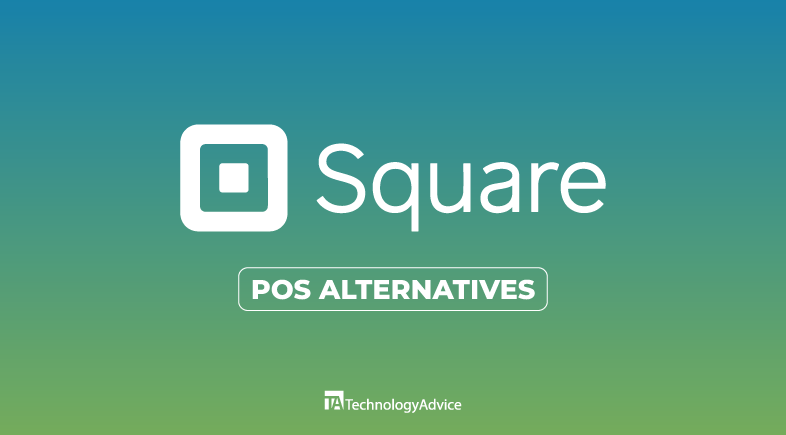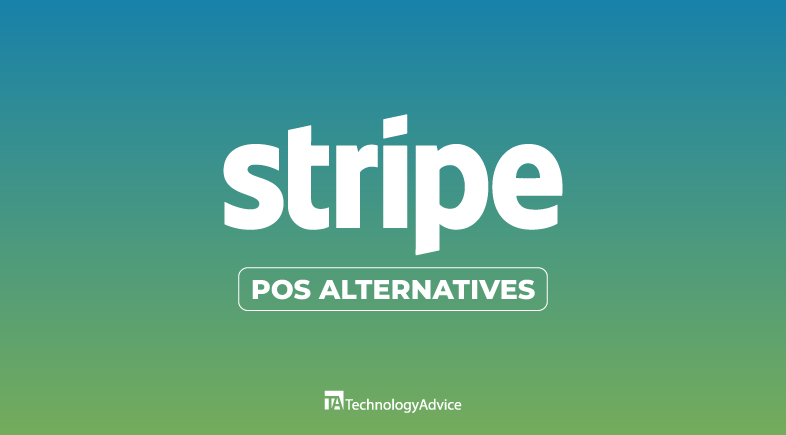Key takeaways
- Common lead generation tactics to boost customer acquisition focus on engaging potential customers through various targeted channels.
- A well-planned and executed lead generation plan builds brand visibility and awareness by reaching the target audience where they live.
- Techniques like content marketing provide valuable information to engage audiences and use blogs, videos, and infographics to establish credibility. Social media platforms, including LinkedIn, Facebook, and Instagram, enable direct interaction with targeted audiences and foster brand awareness.
What is lead generation strategy?
A lead generation strategy provides a clear path, systematically attracting potential customers (leads/prospects) and guiding them toward becoming loyal clients. It involves using various channels and methods to capture interest in a product or service, such as social media, email marketing, SEO, and content marketing.
A strong lead gen strategy identifies the target audience and crafts engaging, personalized content or offers—like free trials, eBooks, or webinars—that address their unique needs and pain points. Often accessed through a form, these offers capture essential contact information, allowing businesses to nurture leads over time. Lead scoring, a method of ranking leads based on their perceived value to the business, can prioritize high-quality prospects based on their interactions, saving time and resources by focusing on those most likely to convert.
Strategic nurturing continues through personalized emails, follow-ups, or targeted ads, building trust and gradually moving leads down the sales funnel. A well-crafted lead generation strategy is a testament to your success, increasing brand awareness and creating an efficient conversion pipeline, ultimately boosting revenue and customer retention.
Common lead generation strategies for boosting customer acquisition
Common lead generation tactics to boost customer acquisition focus on engaging potential customers through various targeted channels. Content marketing—using blog posts, eBooks, and whitepapers—establishes authority and provides value, attracting prospects interested in industry-specific knowledge. SEO strategies optimize content for search engines, making it easier for potential leads to discover your business online.
Social media marketing on platforms like Instagram, LinkedIn, YouTube, or Facebook allows for direct audience engagement. At the same time, paid ads (Google Ads, Facebook Ads) target specific demographics to increase visibility traffic and conversions.
Email marketing is another powerful tool for lead nurturing; personalized drip campaigns keep leads informed and engaged. Additionally, hosting webinars, offering free trials, or running online events gives prospects a firsthand experience of the product or service, building trust and interest.
Implementing lead capture forms on high-traffic pages or offering exclusive discounts for new users can convert visitors into leads. Other innovative ideas for lead generation include direct mail and micro events can better meet leads when and where it’s most convenient. Together, these strategies help build a steady pipeline of qualified leads primed for conversion.
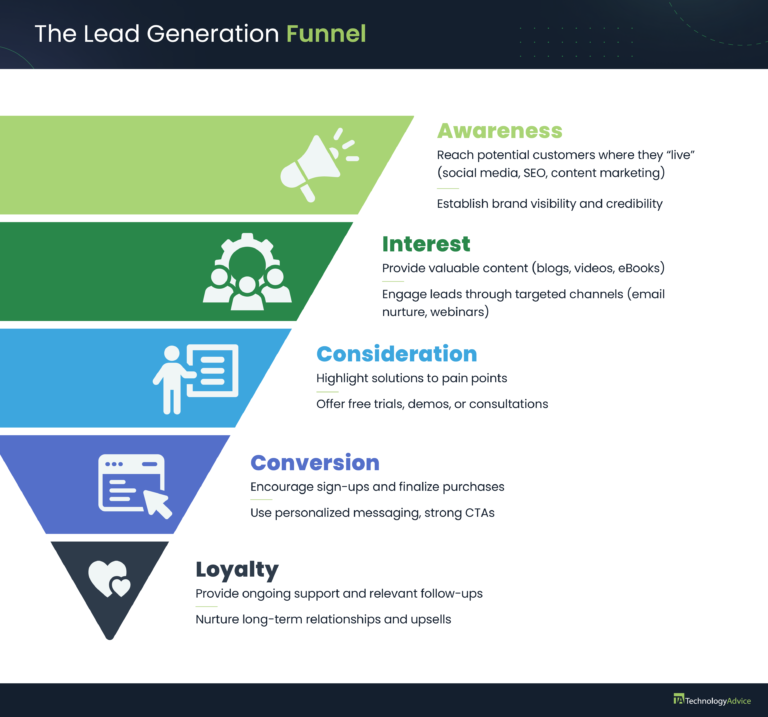
What are the benefits of employing lead generation strategies?
Employing lead gen strategies offers numerous benefits, mainly by creating a consistent flow of interested prospects or leads that are more likely to convert into customers. A well-planned and executed lead generation plan builds brand visibility and awareness by reaching the target audience where they live—whether online through search engines, social media, email, or more personalized channels like YouTube or LinkedIn. This visibility attracts attention and reinforces credibility and expertise, especially if high-value, relevant, engaging content is shared in the strategy.
Effective methods improve efficiency by targeting specific customer segments, allowing businesses to focus resources on leads with a higher likelihood of conversion. Techniques like lead scoring and nurturing help prioritize and develop relationships with quality leads, saving time and costs in the long term. Additionally, these strategies enable businesses to gather data on potential customers’ preferences and behaviors, refining marketing efforts and improving future campaign performance.
Beyond immediate conversions, effective lead generation fosters long-term relationships with customers by creating opportunities for personalized follow-ups, loyalty programs, and upselling. Ultimately, a consistent strategy drives higher sales, reduces acquisition costs, and sustains business growth by continually feeding qualified leads into the sales pipeline.
What are the potential drawbacks of employing lead generation strategies?
When implementing lead generation strategies, it’s important to anticipate and mitigate potential challenges. Follow this list of issues to watch out for, with expert insights on managing them effectively.
- High initial costs and time investment: Developing quality content, running paid campaigns, and implementing automation tools require significant financial and human resources. Smaller businesses should start with scalable solutions and prioritize high-impact strategies.
- Attracting unqualified leads: Poor targeting can result in a high volume of leads that lack purchasing intent, wasting resources. Use advanced targeting techniques and segmentation to focus on attracting qualified leads that match your ideal customer profile.
- Overly aggressive lead capture techniques: Frequent emails, intrusive pop-ups, or pushy calls to action (CTAs) can alienate potential customers, leading to unsubscribes or a negative brand image. Maintain a balance by engaging prospects with value-driven interactions rather than overwhelming them.
- Privacy and data compliance risks: Data regulations such as the General Data Protection Regulation (GDPR) or the California Consumer Privacy Act (CCPA) impose strict rules on how customer information is collected and stored. Non-compliance can result in hefty fines and reputational damage. Stay updated on legal requirements in your region and invest in secure data-handling systems.
- Overemphasis on lead quantity over quality: Generating a large number of unqualified leads can overwhelm sales teams and lower conversion rates. And it’s something a lot of businesses get wrong about the lead management process. Instead, focus on lead quality by aligning marketing and sales teams on criteria for qualified prospects and implementing lead scoring systems.
- Burnout of marketing and sales teams: Unrealistic expectations for immediate results from lead generation efforts can strain teams. Manage expectations by setting realistic goals, tracking progress with key performance indicators (KPIs), and regularly refining strategies based on data.
- Misalignment of content and audience needs: Content that doesn’t resonate with the target audience can lead to low engagement and poor conversion rates. Conduct regular audience research to ensure your content addresses their specific pain points and interests.
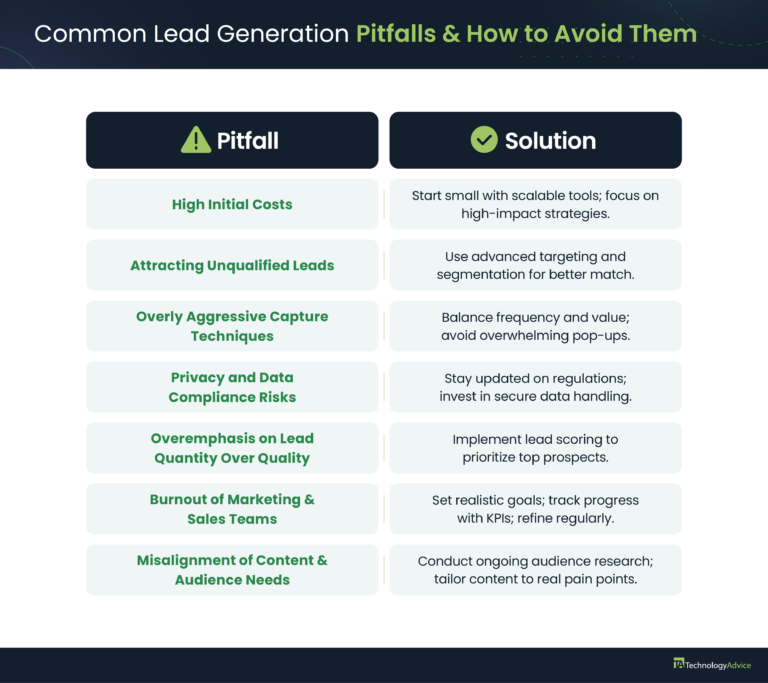
Expert Tip
To mitigate these challenges, adopt a phased approach to lead generation, regularly monitor performance metrics, and focus on delivering value at every touchpoint. Balancing quality and quantity while prioritizing compliance and audience relevance will lead to sustainable success.
What are some lead generation best practices?
Effective lead generation involves actionable strategies that attract high-quality prospects and foster positive experiences. By applying these lead generation best practices, you can improve lead generation efficiency, customer acquisition, and retention.
- Define your target audience: Identify the demographics, pain points, and needs of your ideal customers to create relevant and resonant content.
- Create valuable content: Develop educational resources like blogs, webinars, and whitepapers that position your brand as an authority and make prospects feel informed and motivated.
- Optimize your website: Enhance the user experience (UX) with a fast-loading, intuitive website that features clear CTAs that guide visitors toward conversions.
- Implement lead scoring: Assign scores to prospects based on their engagement and likelihood to convert, helping your sales team focus on the most promising leads.
- Nurture leads with personalization: Design tailored email campaigns that gradually build trust, avoiding overwhelming your audience with excessive offers.
- Monitor and analyze lead data: Continuously track and evaluate lead metrics to fine-tune your strategies and boost campaign performance.
- Ensure compliance with data regulations: Protect customer data and maintain trust by adhering to data privacy laws.
How does one optimize their lead generation strategy?
Optimizing for lead generation involves testing and refining strategies to attract, capture, and nurture high-quality leads efficiently. Start by defining your target audience and tailoring content to address their needs and pain points. Create high-value content like informative blog posts, eBooks, and webinars that provide solutions, attracting potential leads interested in your expertise. Build trust and establish your solution or product as the key to the prospect’s success and profitability.
Optimize landing pages by ensuring they’re user-friendly, have fast loading times, and include clear, compelling CTAs. Use lead capture forms strategically, requesting only essential information to reduce friction and increase form completion rates. Implement lead scoring to rank leads based on engagement and buying readiness, allowing sales teams to focus on top prospects.
To identify what resonates best with your audience, A/B test crucial elements such as headlines, keywords, CTA buttons, and form fields. Finally, analyze performance data, including engagement, CTRs, and conversions with the help of the best lead management software. Regularly refine your tactics, ensuring continuous improvement and maximizing lead conversion rates. Always strive to get better.
How to generate leads using organic methods
Simply put, organic lead generation is lead generation that doesn’t use paid ads (like those through Google and Facebook) or sponsored buys or tactics. Let your brand produce leads from “organic” or natural channels like blogs, community forums, search engine results, and review sites. Creating an optimized, engaging, and responsive website and UX, and nurturing leads through email marketing tools, are all part of a winning strategy.
What are the steps of effective lead generation?
Developing a winning lead generation strategy involves several structured steps to attract, engage, and convert high-quality leads. Begin by identifying and understanding your target audience, including their needs, pain points, and preferences. With this insight, create valuable content—such as blog posts, eBooks, and videos—that addresses these needs and highlights your expertise.
Next, establish multiple channels to reach your audience, such as social media, SEO-optimized websites, and email marketing. Design compelling landing pages with clear CTAs to capture lead information through forms, ideally with enticing offers like discounts or free resources.
Implement lead scoring to prioritize leads based on engagement and readiness to purchase, focusing resources on those most likely to convert. Continuously nurture leads with personalized email campaigns, building relationships over time.
Finally, monitor KPIs, such as conversion rates and traffic sources, to refine your strategy regularly and ensure it remains optimized and relevant.
What are the four L’s of a lead generation strategy?
A successful lead generation strategy requires a structured approach to attract, engage, and convert potential customers. One effective framework is the Four L’s: leads, lists, landing pages, and leverage. Each component plays a vital role in creating a cohesive and results-driven strategy.
- Leads: The foundation of any lead generation strategy is identifying and targeting potential customers who have expressed interest in your product or service. By defining your ideal customer profile (ICP) and using data-driven targeting methods, you can attract leads that are most likely to convert.
- Lists: A well-maintained list of leads is a critical asset. Build this list by gathering contact information through sign-ups or interactions and segmenting it based on audience interests and behaviors. Segmentation allows for personalized communication, fostering higher engagement and loyalty.
- Landing pages: High-performing landing pages are essential for converting visitors into leads. These pages should feature clear CTAs, compelling copy, and user-friendly forms. A seamless user experience encourages prospects to share their information and move further into your sales funnel.
- Leverage: Amplify your strategy by utilizing multiple channels, such as social media, email marketing, and content marketing, to extend your reach. Use analytics to monitor performance and refine your tactics, ensuring your approach remains efficient and effective.
A well-designed lead generation strategy is vital for sustained business growth. By incorporating frameworks like the Four L’s, you can create a structured approach that prioritizes both quality and quantity in lead generation efforts.
Remember, success in lead generation isn’t just about capturing leads—it’s about fostering meaningful relationships that drive long-term business growth. By defining your target audience, optimizing your content and landing pages, and leveraging diverse channels, you’ll be well-positioned to attract, engage, and convert prospects.
But don’t forget that adapting and evolving your strategy is critical. Keep monitoring your efforts, analyzing data, and implementing best practices to refine your approach. When done effectively, lead generation becomes more than just a tactic but a powerful engine for driving sales, building customer loyalty, and achieving your business goals.
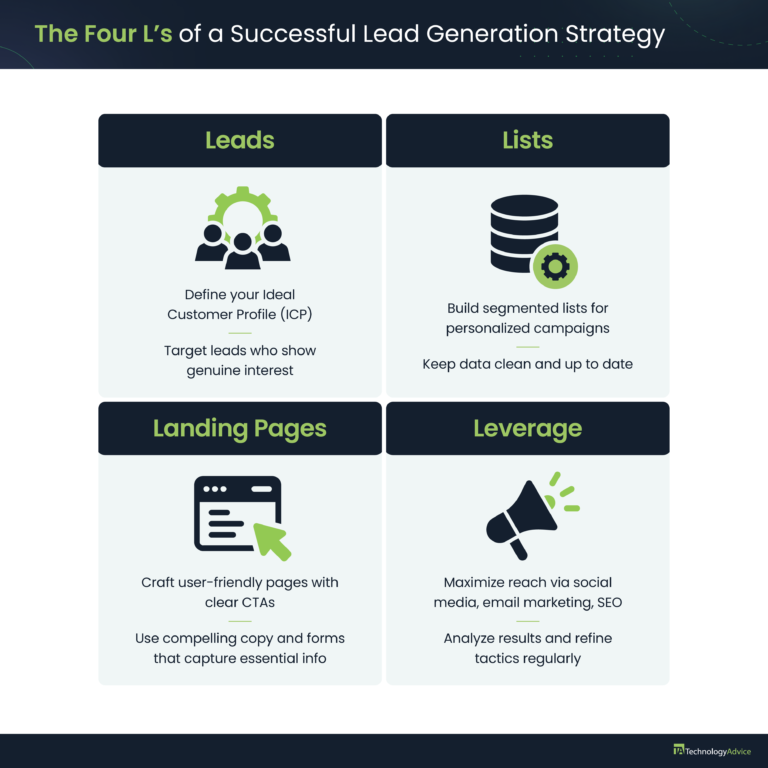
Frequently asked questions (FAQs)
Lead generation is attracting potential customers (leads) and nurturing them toward making a purchase.
Strategies include content marketing, email marketing, social media engagement, SEO, and paid ads, each targeting prospects based on behavior and preferences.
Use forms, landing pages, CTAs, and gated content like eBooks or webinars to gather contact details.
Lead nurturing involves building relationships with leads through personalized emails, follow-ups, and relevant content until they’re ready to purchase.
Use lead scoring, which ranks leads based on engagement and fit, to focus on high-quality prospects.
CRM software, email marketing platforms, and analytics tools help manage and analyze lead generation efforts effectively. Solutions include HubSpot, Salesforce, and more.



